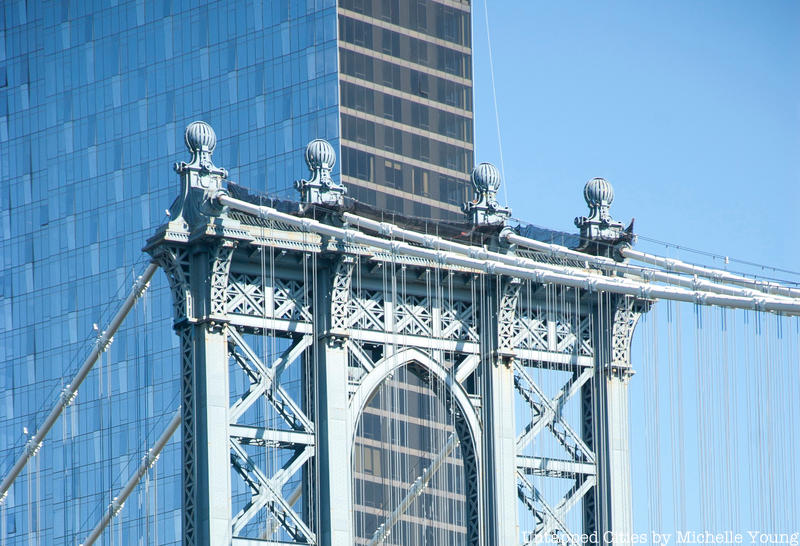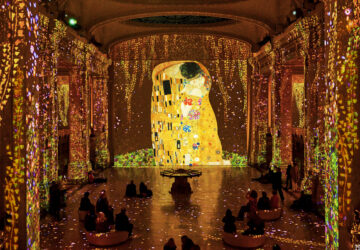8. With the Change of Mayors came the change of Architects

In 1901, architect and commissioner of the New York City Department of Bridges, Gustavo Lindenthal, presented plans for the “Suspension Bridge Number 3” (which was later remained the Manhattan Bridge). His first design, the Brooklyn/Williamsburg Bridge hybrid, received support from Mayor Seth Low but was rejected by the New York City Art Commission. Two years later, he proposed a second “eyebar/suspenders” plan that was more radical than any other American bridge of its time.
In the heat of debate over the beauty and practicality of his new design, Mayor George McClellan was elected. He was invested in the Brooklyn Bridge architects, Roebling Wire Works, which had political and financial links to Tammany Hall. Roebling supported traditional wire-cable designs and thus Lindenthal was ousted as bridge commissioner. McClellan appointed George E. Best as the new commissioner and Best, with little experience in this line of work, opted for a cheaper, more conventional bridge design.





